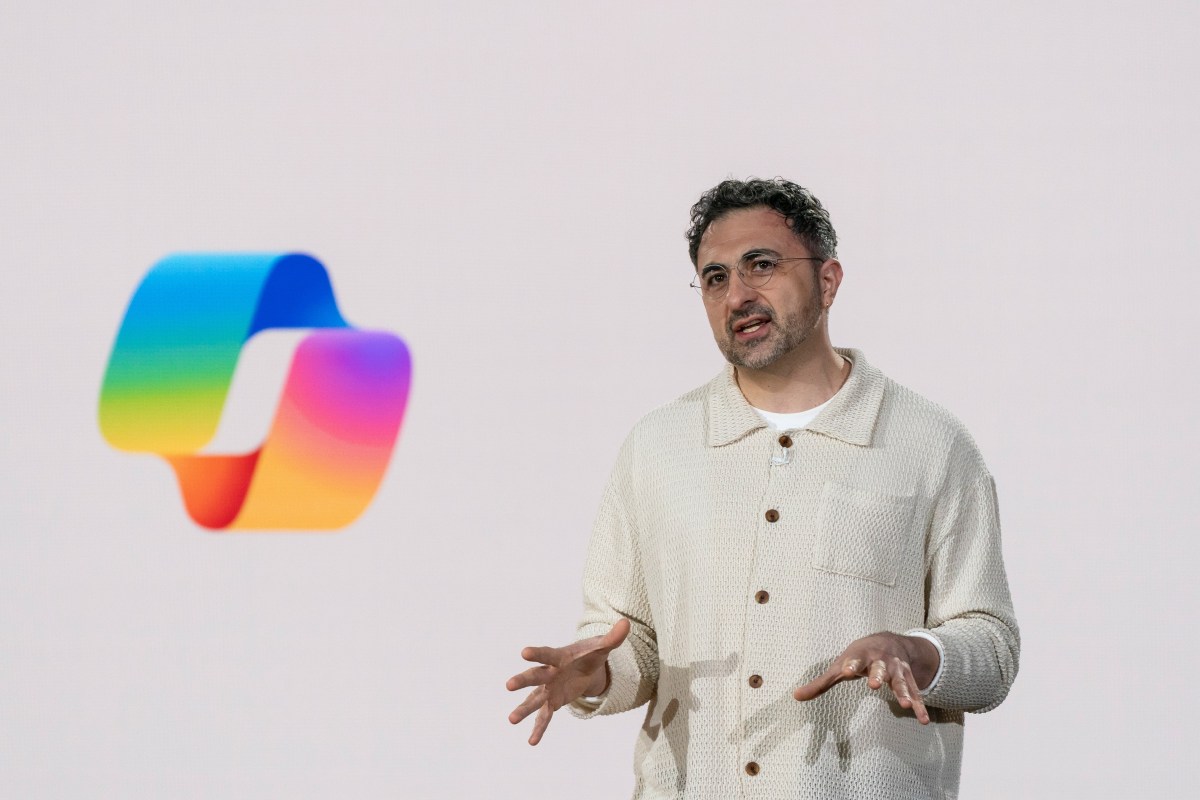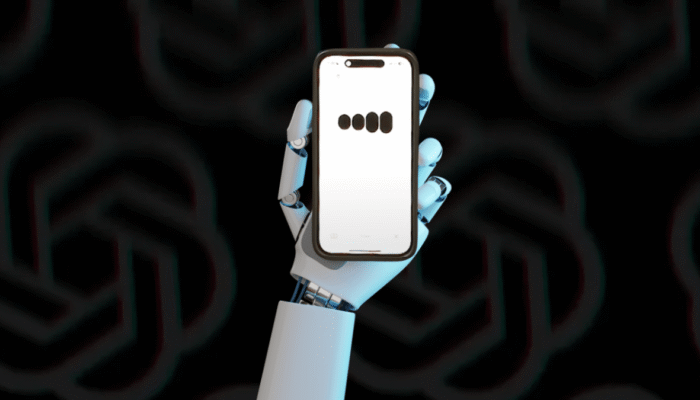Microsoft released a new batch of features for its AI assistant Thursday, including an ambitious project that builds artificial intelligence directly into one of its most central products. More than a simple extension, the Copilot Mode in Microsoft’s Edge browser is Microsoft’s take on the long-hyped AI browser category — an intelligent and flexible AI assistant that follows you as you browse the web.
Mustafa Suleyman, the CEO of Microsoft AI, even described the new product in those terms in the announcement. “Copilot Mode in Edge is evolving into an AI browser that is your dynamic, intelligent companion,” Suleyman wrote in the announcement post. “With your permission, Copilot can see and reason over your open tabs, summarize and compare information, and even take actions like booking a hotel or filling out forms.”
The official launch for Edge’s Copilot Mode was in July, when it rolled out with basic features like a Search bar on new tabs and natural voice navigation. But the mode was opt-in and didn’t get quite the attention you’d expect. At Thursday’s event, Microsoft got more ambitious, introducing “Actions” that allow Copilot to fill out forms or book hotels and “Journeys” that let Copilot trace connections between your open tabs. It’s not a huge shift in the product, but it was enough to put the idea of the AI browser at center stage in the event.
The announcement comes just two days after a similar launch from OpenAI, which showed off its new Atlas browser. Of course, Copilot’s release has been scheduled for weeks, and new Copilot Mode has probably been in development for months. Neither company invented the idea of an AI-assisted web browser. But the visual similarity between the two products is hard to ignore.


These are two very similar pictures. The Copilot for Edge background is a little darker, there’s text instead of a logo, and the close/minimize buttons follow Windows conventions instead of MacOS conventions. Beyond that, Copilot puts its “ride-along” function in a new tab instead of a split-screen… but that’s about it. It’s pretty much the same product.
Part of the similarity is functional: people like clean browsers, and there are only so many ways to integrate a chatbot window into the “new tab” screen. For users, the main difference will come from the underlying models, so maybe a little facial similarity doesn’t make too big a difference.
Browsers mostly look the same anyway. But given the high stakes of the AI race and the tense state of play between the two companies, it seems significant that we got both of these browsers in the same week.
Techcrunch event
San Francisco | October 27-29, 2025
Correction: A previous version of this post erroneously referred to the Oct 23rd event as the initial launch of Copilot for Edge. In fact, the feature was launched in July. TechCrunch regrets the error.
Russell Brandom has been covering the tech industry since 2012, with a focus on platform policy and emerging technologies. He previously worked at The Verge and Rest of World, and has written for Wired, The Awl and MIT’s Technology Review. He can be reached at russell.brandom@techcrunch.com or on Signal at 412-401-5489.



